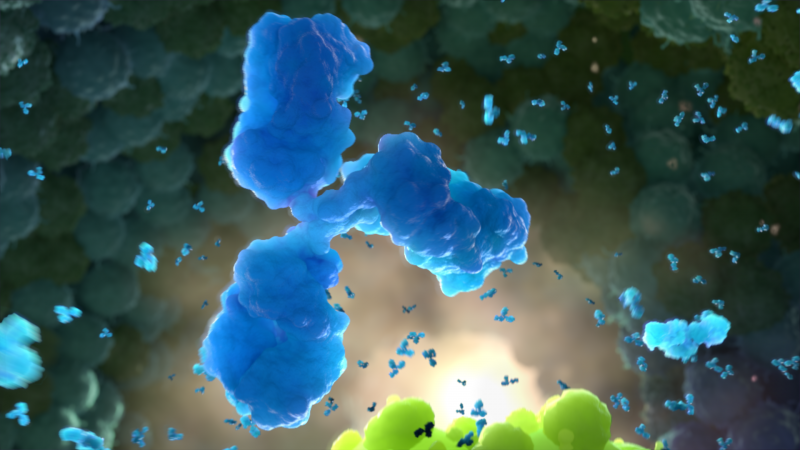Animation Expedition #5 - Targeted Defense: The Adaptive Immune System

A medieval castle was built to defend against any attack. How is the immune system similar to a castle?
Do you like history? Maybe you’ve seen movies about castles. Medieval people built those huge structures to defend themselves. But their attackers were smart. They often made multiple attempts to gain entry to the castle. Some might launch weapons at or through the walls. Others might try to scale the walls. Both of these approaches were often in vain. However, attackers were sometimes successful at getting inside the walls. Think of the story of the Greeks who entered Troy via the famous Trojan horse. Once inside, attackers were more difficult to defend against.
People experience similar attacks from germs. What happens when germs get past your skin and mucous membranes (like the castle walls)? Then your immune system must figure out how to defend against an internal attack. The adaptive immune system is the part of the immune system that takes charge at this point. The adaptive immune system has a range of tools at the ready just in case. In this video, you learn about the specialized cells your immune system activates when germs are successful in getting past your “castle walls.”
View the animation The Adaptive Immune System
Each type of cell of the adaptive immune system has its own special role. Consider dendritic cells. They gather information about an invader at the site of infection. These cells kill the invader and take a piece of it. They then travel to the nearest lymph node. Here, their arrival starts a cascade of events. The dendritic cells present the pieces of the invader to T cells. This activates T cells. The T cells secrete chemical signals. These chemicals, called cytokines, help to activate B cells. In addition to these signals from T cells, B cells must also encounter pieces of the invader. This can happen in one of two ways. They can encounter it on the surface of another cell or they can process it directly. This two-pronged approach ensures that B cells do not respond unnecessarily. Activated B cells produce antibodies. The antibodies are shaped just right to latch on to the invaders. Once the invader is attached to an antibody, it cannot infect a cell. As B cells produce more and more antibodies, fewer and fewer invaders are available to cause damage. Your body can now regain control.
These cells constantly communicate with one another as they battle to make you better. The next time you get sick, stop and think about what is going on inside your body. Take comfort in the fact that your immune system is battling away—even if it seems you are just resting on the couch.
Watch for future animation expeditions to learn more about your immune system, diseases and vaccines.
Check Your Understanding Question
Match the parts of the adaptive immune system with the analogous role from a military unit.
A. Dendritic cells
B. T cells
C. B cells
D. Antibodies
1. Weapons
2. Weapon operators
3. Intelligence specialists
4. Troop commanders
Answer
A. Dendritic cells – 3. Intelligence specialists
B. T cells – 4. Troop commanders
C. B cells – 2. Weapon operators
D. Antibodies – 1. Weapons
This is the fifth in a series of postings highlighting our Vaccine Makers Project animations.

